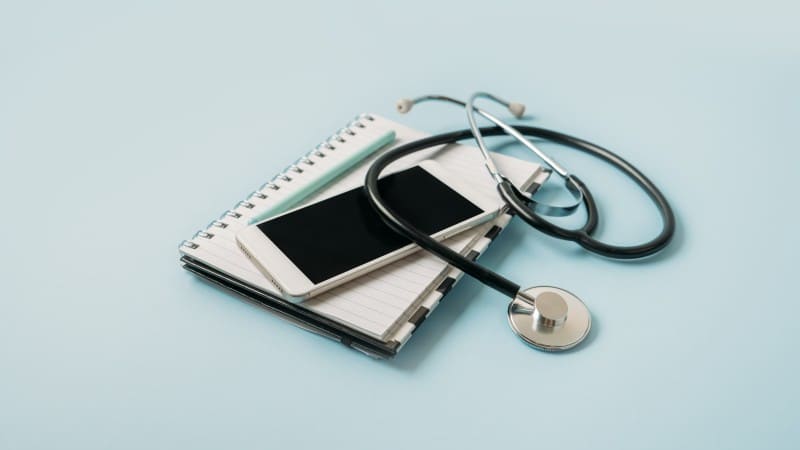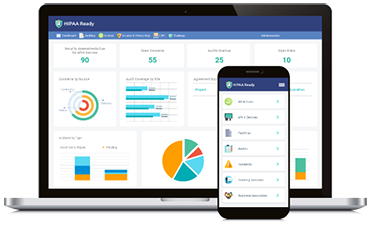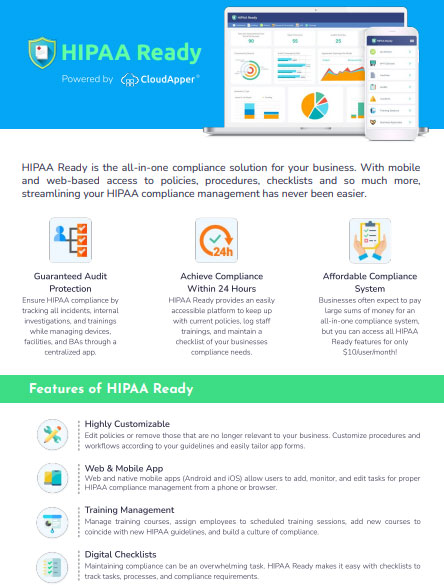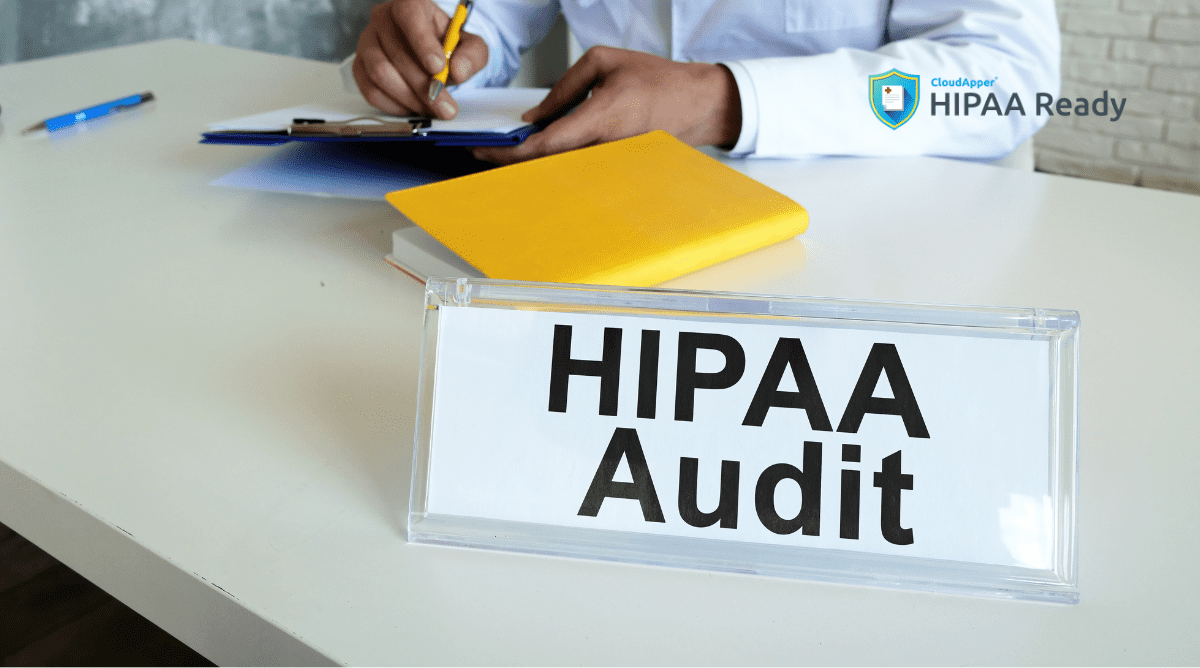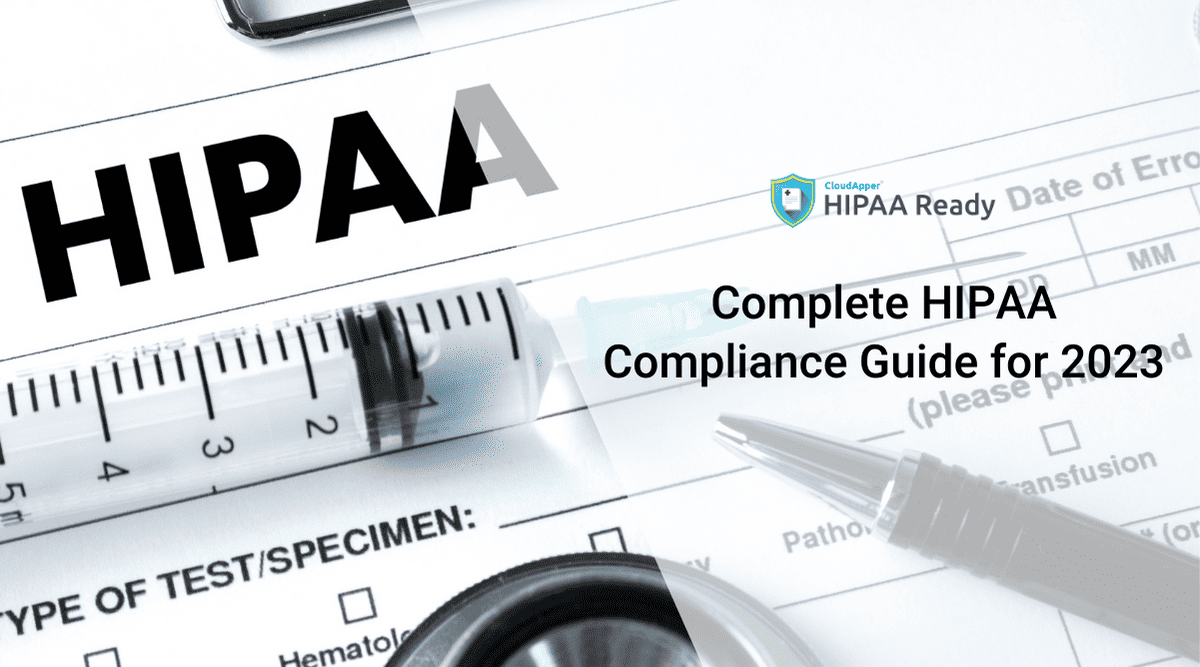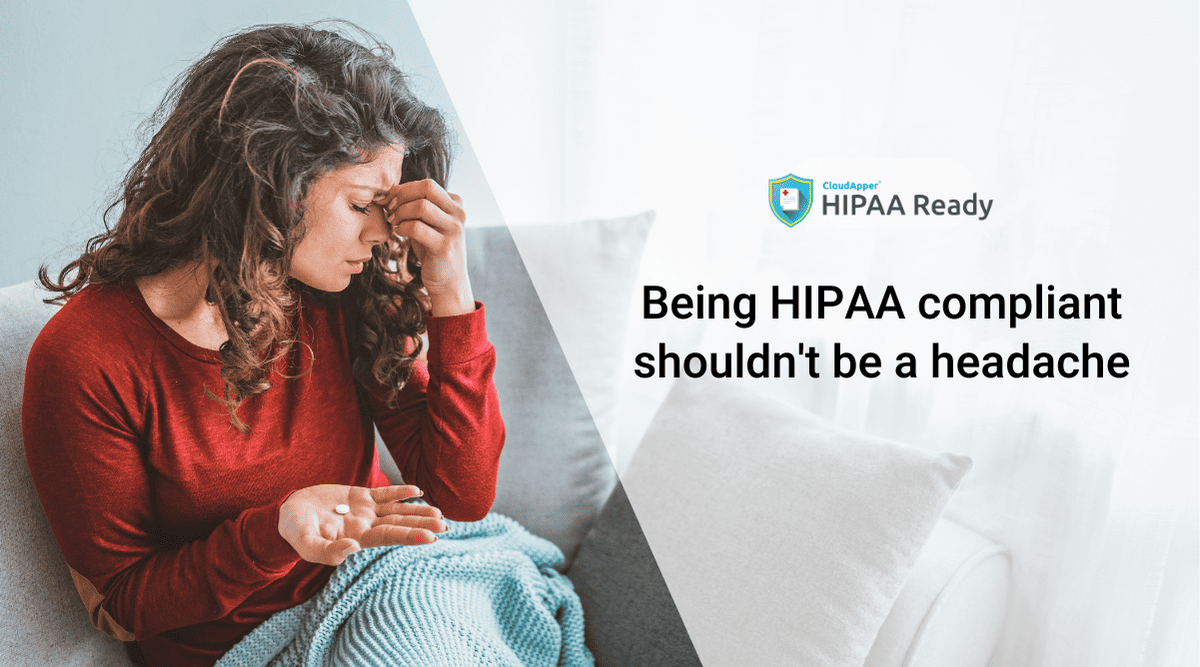As the world is still reeling from the effects of COVID-19, lockdowns are being eased around the world. The novel coronavirus is reshaping the world for years to come and one of the more deeply scarred industries will be the healthcare systems around the world. However, the US healthcare system is the most affected in the world – almost 1.8 million cases have been detected, and the number just keeps increasing. That being said, one overlooked service within the US healthcare system has shown tremendous potential and is gaining immense popularity with users – telehealth. It has been so useful that even some HIPAA fines have been relaxed surrounding its usage. However, HIPAA and telehealth both are important for any given healthcare organization now – the former to ensure the security of PHI (Protected Health Information) and the latter to provide healthcare services to remote patients. Let’s see how they are connected.
HIPAA and telehealth
Telehealth has been around for years in the US, but only recently is it being given the chance to show its potential. While its detractors and supporters have been arguing about its merits and drawbacks, there is no denying that it has proven to be a worthy tool during the pandemic. One of its biggest advantages is that patients and physicians get to engage in giving and receiving healthcare services remotely – eliminating any chance of getting infected with COVID-19.

With great power, however, comes great responsibility. While it is good that there is an effective tool like telehealth to provide remote healthcare services to patients in need, regulations in place ensure that risks are avoided which might hamper the privacy of patient data and patient safety. This is where HIPAA comes in – it already mandates that providers safeguard patient data by having security measures in place to avoid breaches. This applies to telehealth too. While penalties are being relaxed surrounding the usage of telehealth, other rules are still in effect – any breach leading to unauthorized disclosure of PHI will still be considered a HIPAA violation. Thus, ensuring HIPAA compliance and utilizing effective security practices are mandatory while providing telehealth services to prevent any unwanted incidents and repercussions.
Tips to enhance security
Review security policies regularly
As previously mentioned, some HIPAA regulations have been relaxed and will not be enforced so that providers can fully utilize telehealth and serve remote patients faster and better without creating infection control issues. While this is a most welcome change, recent events have shown that the best way to stay safe is by being vigilant and updating your organizational policies as the situation demands.

Take the controversies surrounding Zoom into account. The rules had allowed providers to use services like Zoom and Skype to provide healthcare, however, Zoom has been attacked by hackers, showing that patient privacy might be hampered. Moreover, due to the rapid online activities regarding healthcare, hackers have now turned attention to COVID-19 fraud schemes.
Ensure that you are reviewing your policies regularly to address such issues so that risks can be mitigated from the get-go. If you utilized a compromised communication tool earlier, it is better to shift to a better one with enhanced security. This will not only reduce risks but also instill trust in patients, as they are updated regarding such matters too.
Make VPN usage mandatory for remote workers
Ensure that all your remote practitioners are using VPNs whenever they are providing healthcare services. This helps to add an extra layer of security as the real identities of your practitioners cannot be compromised due to encryption. Have up-to-date VPN software and make sure that your remote workers are not connected via public networks – enforce the usage of private networks for reduced risks.
Only allow the usage of official and encrypted devices
Do not let your guard down regarding the ease of HIPAA penalties – there are plenty of rules that can cost you dearly. Instead of letting your practitioners use their own devices to provide remote healthcare services, ensure that they are using official and encrypted devices provided by you. Using personal devices always has risks associated with them as they might not be encrypted and secure enough to handle sensitive data. A single misstep can cause a HIPAA violation, and in turn, a hefty fine. Ensure that you are providing devices with all the necessary information and applications installed and in an encrypted manner to reduce risks even if the devices are compromised.
Choose software wisely
HIPAA and telehealth are not the only concerns of healthcare providers – there are other problems they face as well. The market is inundated with solutions that can help solve problems. However, not all of them are effective. Some have a plethora of features that might be too complex, while others might be too barebones in nature. Analyze, identify, and invest in the ones that are perfectly balanced for your organization.
One of the more prominent problems faced by the US healthcare system is patient identification errors. These have been around for a long time and are still persistent. While there is no standardized patient identification system in place to be used by hospitals across the US, many have been utilizing different solutions. Patient ID wristbands and biometric patient identification are the more popular solutions, with the latter being more accurate and more secure as patients’ biometric data cannot be replicated, stolen, or transferred. However, choosing the correct modality is a huge concern currently, given the coronavirus pandemic. Hospitals were already worried about infection control issues and the pandemic has shown why solutions like fingerprint or palm-vein scanning can be counterintuitive. Not only do they require constant cleaning, which can be an administrative burden in itself, but it will significantly increase the number of infection control issues, something which the whole world is wary of now. The best possible solution is RightPatient – a touchless biometric patient identification platform. Patients only need to look at the camera (after registration), after which the platform identifies and presents the accurate medical record within seconds.
Even for telehealth, RightPatient has a solution – remote patient validation. Patients receive a text message or email after confirming an appointment, which gives them a link to provide a selfie as well as pictures of the front and back of their drivers’ license. The platform matches it with the patient’s EHR to validate the patient identity accurately, preventing medical identity theft.
Coming back to HIPAA and telehealth, are there solutions available that can ensure HIPAA compliance? You will find several solutions, however, choosing the one which simplifies HIPAA compliance is the way to go. HIPAAReady is such a solution. It is a comprehensive HIPAA compliance software that reduces the administrative burden and simplifies HIPAA for you. With a robust set of features that help you conduct internal audits, keep all the information in a centralized location, and ensure that training sessions can be managed effectively, it is the best possible choice for your organization. Address security gaps and prepare for audits more effectively using HIPAAReady and ensure HIPAA compliance effectively.
What is CloudApper AI Platform?
CloudApper AI is an advanced platform that enables organizations to integrate AI into their existing enterprise systems effortlessly, without the need for technical expertise, costly development, or upgrading the underlying infrastructure. By transforming legacy systems into AI-capable solutions, CloudApper allows companies to harness the power of Generative AI quickly and efficiently. This approach has been successfully implemented with leading systems like UKG, Workday, Oracle, Paradox, Amazon AWS Bedrock and can be applied across various industries, helping businesses enhance productivity, automate processes, and gain deeper insights without the usual complexities. With CloudApper AI, you can start experiencing the transformative benefits of AI today. Learn More
